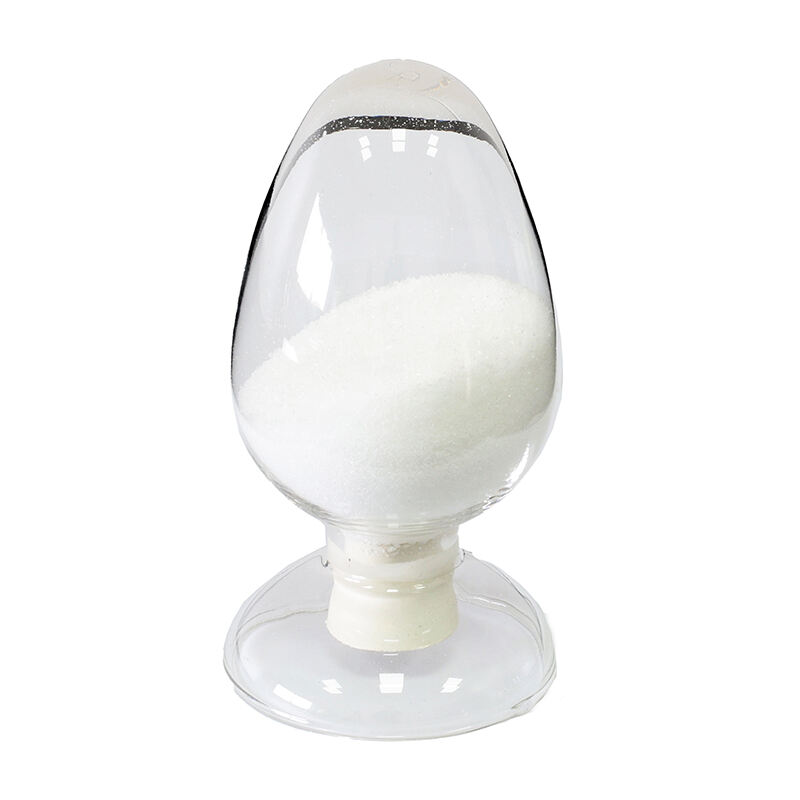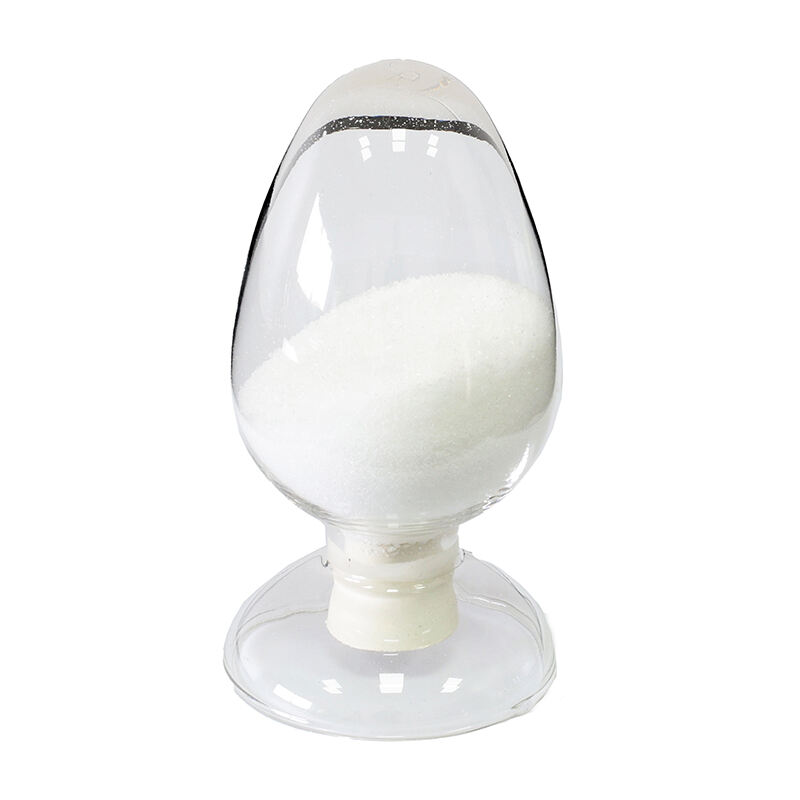Выбор противогрибковых фунгицидов для водных архитектурных покрытий
Аннотация: Водорастворимые архитектурные покрытия богаты питательными веществами для микробиологического роста, и микроорганизмы почти повсеместны в природе, поэтому, пока окружающая среда, такие как температура окружающей среды, подходит для выживания микроорганизмов, они будут размножаться, что приведет к порче продукта и его утрате; С другой стороны, некоторые микроорганизмы также могут загрязнять внешнюю поверхность пленки после нанесения покрытия, постепенно деградируя все покрытие. Поэтому в покрытие необходимо добавлять добавки, которые могут предотвращать и подавлять выживание микроорганизмов, и такие добавки обычно называют противогрибковыми фунгицидами.
Ключевые слова: покрытие; фунгицид; биоцид; консервант; антиплесень; Bronopol; 52-51-7; OIT; 2-Октенил-2Н-изотиазол-3-он; 26530-20-1
1.Классификация микроорганизмов и условия жизни плесени в водных архитектурных покрытиях
Существует пять основных факторов, определяющих условия жизни плесени: температура, вода, кислород, питательные вещества, pH и т.д. Исходя из условий жизни плесени и реальной ситуации, можно установить, что плесень легко появляется в следующих частях обычного здания: структура стены холодная и склонна к образованию конденсата, помещения, выделяющие много водяного пара, места с плохой циркуляцией воздуха, оборудование, в котором трудно сделать отверстия и которое сложно хорошо проветривать, а также окружение естественных вентиляционных отверстий и вентиляционных отверстий кондиционеров. Поэтому, когда указанные части зданий необходимо покрасить краской, особое внимание следует уделить проблеме предотвращения плесени.
2. Выбор противогрибковых фунгицидов для воднодисперсионных строительных красок
Чтобы выбрать правильный противогрибковый фунгицид для водно-дисперсионной строительной краски, сначала необходимо учитывать характеристики краски и соответствовать её требованиям. Отличный противогрибковый фунгицид для водных архитектурных покрытий должен иметь следующие характеристики:
2.1 По возможности следует выбирать фунгициды с низкой токсичностью или безвредные.
2.2 Выбранный противогрибковый фунгицид должен обладать широким спектром антимикробной активности, высокой эффективностью, длительным действием, оказывать смертельные или ингибирующие эффекты на широкий диапазон грибков и бактерий, а концентрация использования должна быть как можно ниже, чтобы с другой стороны снизить его токсичность, и лучше всего, чтобы он также имел способность к газофазной стерилизации.
2.3 При добавлении в краску он не должен химически изменяться с её составом и не должен влиять на свойства при последующем использовании.
2.4 Низкая летучесть, хорошая совместимость в красках, легко диспергируется, малорастворим или нерастворим в воде.
2.5 Устойчивое хранение при pH 6~10, подходит для длительного хранения при 40℃, и может выдерживать обработку температурой 60-70℃ в течение короткого времени.
2.6 Выбранный противогрибковый фунгицид должен иметь функции устойчивости к ультрафиолету, теплостойкости и окислению.
3. Противогрибковый фунгицид для водных архитектурных покрытий
На данный момент основными продуктами водных строительных покрытий являются бромсодержащие антисептики и изотиазолиноновые противогрибковые консерванты. Наиболее распространённым бромсодержащим фунгицидом является Бронопол (CAS: 52-51-7), а наиболее распространённым изотиазолиноновым фунгицидом является ОИТ (2-Октлил-2Н-изотиазол-3-он, CAS: 26530-20-1).
Bronopol主要用于 консерванта и фунгицида, добавляется в процессе производства косметики, такой как шампунь, бальзам и крем, концентрация в косметике составляет 0,01%-0,02%, также может использоваться в моющих средствах, средствах для обработки ткани и т.д. Как бактерицид. Он может эффективно контролировать различные патогенные бактерии растений. Обработка семян хлопка может предотвращать и контролировать черную болезнь хлопка и бактериальные ожоги, вызванные пятнами на листьях хлопка, и не наносит вреда хлопку. Также может использоваться для злокачественного поражения рассады риса. Рекомендуемая концентрация составляет 800-1000 мг/л. Также используется в промышленной циркулирующей воде, целлюлозе, красках, пластике, косметике, древесине, системах циркуляции охлаждающей воды и других промышленных целях для дезинфекции, предотвращения плесени, коррозии, водорослей и т.д.
OIT — это экологически чистый, эффективный, широкого спектра действия, не выделяющий формальдегид антиплесневый агент для сухой пленки. Фунгицид OIT обладает сильным действием против плесени, дрожжей, бактерий и грибков. OIT представляет собой новое поколение мирового класса бактерицидных антиплесневых средств. Он широко применяется в следующих областях: краска, покрытия, промышленные масла, пластик, строительные материалы, кожа, водная эмульсия, клей, текстильное печатание и окрашивание для защиты от плесени. Также его можно широко использовать в латексной краске для внутренней и внешней отделки, деревянных изделиях и сохранении культурного наследия, а также во многих других продуктах.


 EN
EN
 NL
NL
 FR
FR
 DE
DE
 JA
JA
 KO
KO
 PT
PT
 RU
RU
 ES
ES
 ID
ID
 VI
VI
 TH
TH
 MS
MS
 TR
TR
 AR
AR













